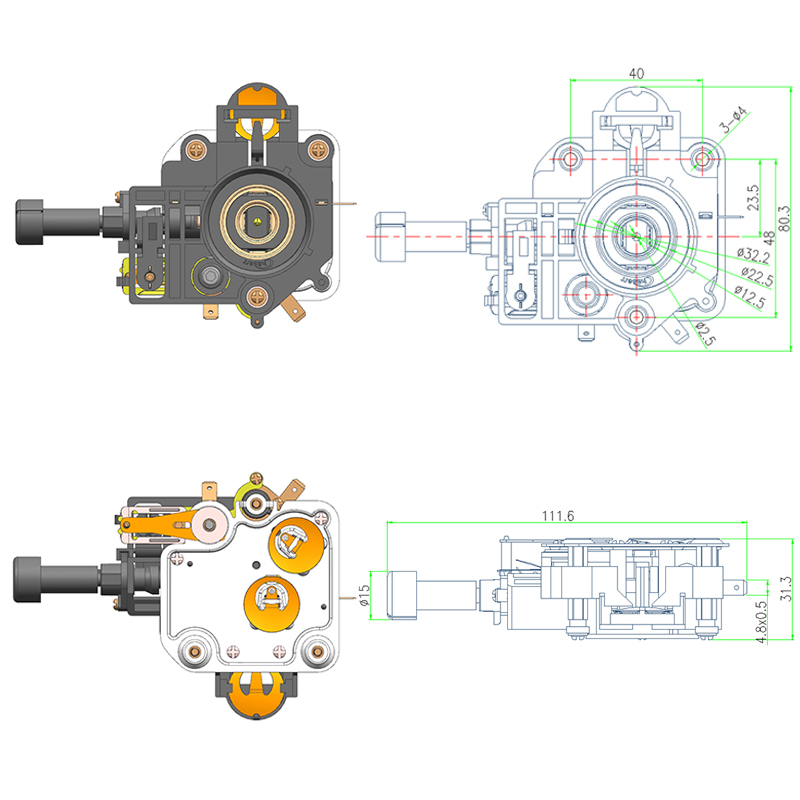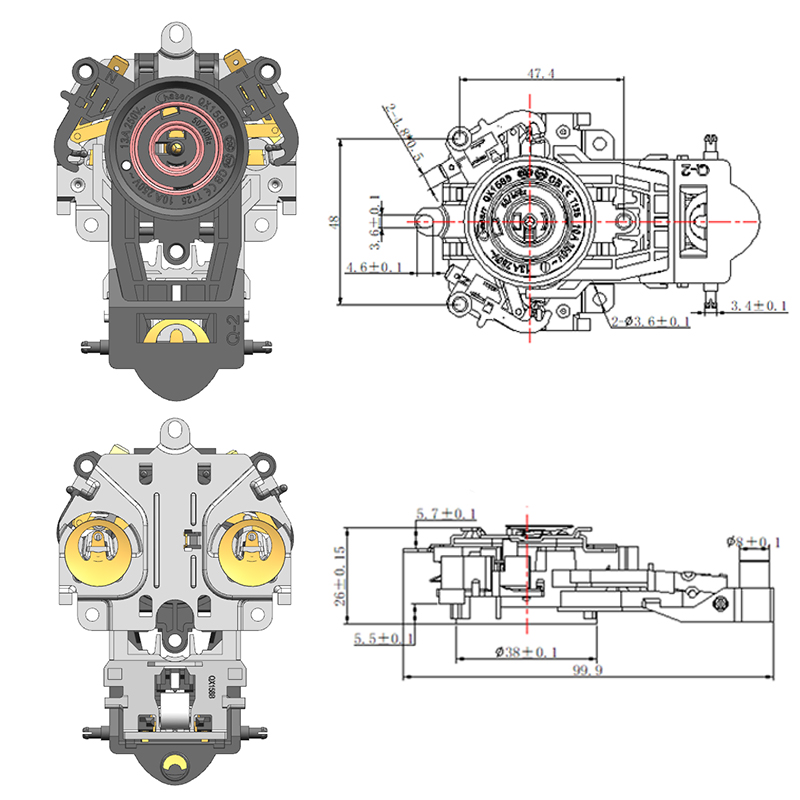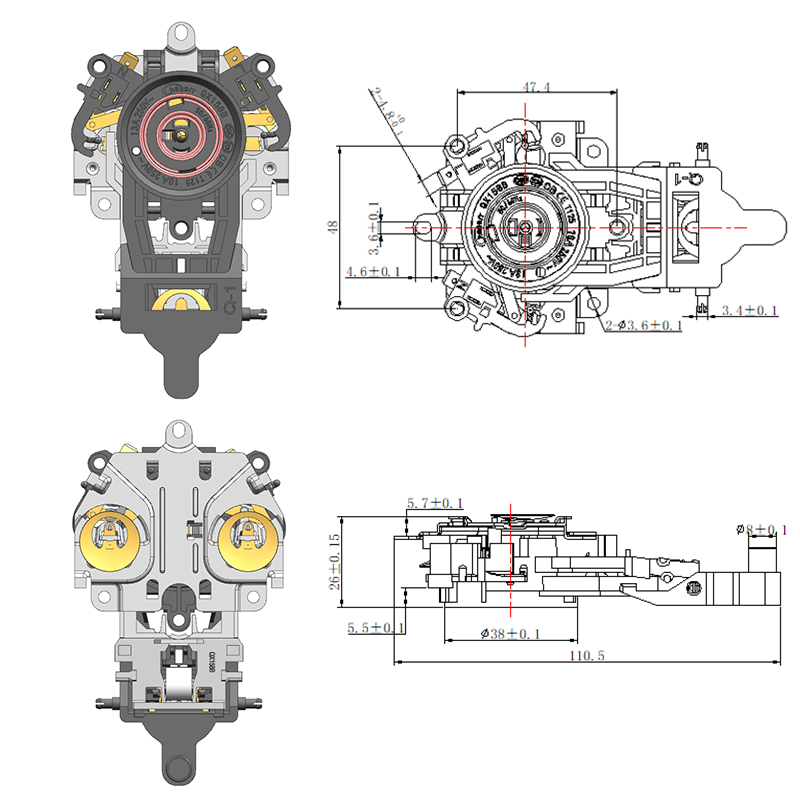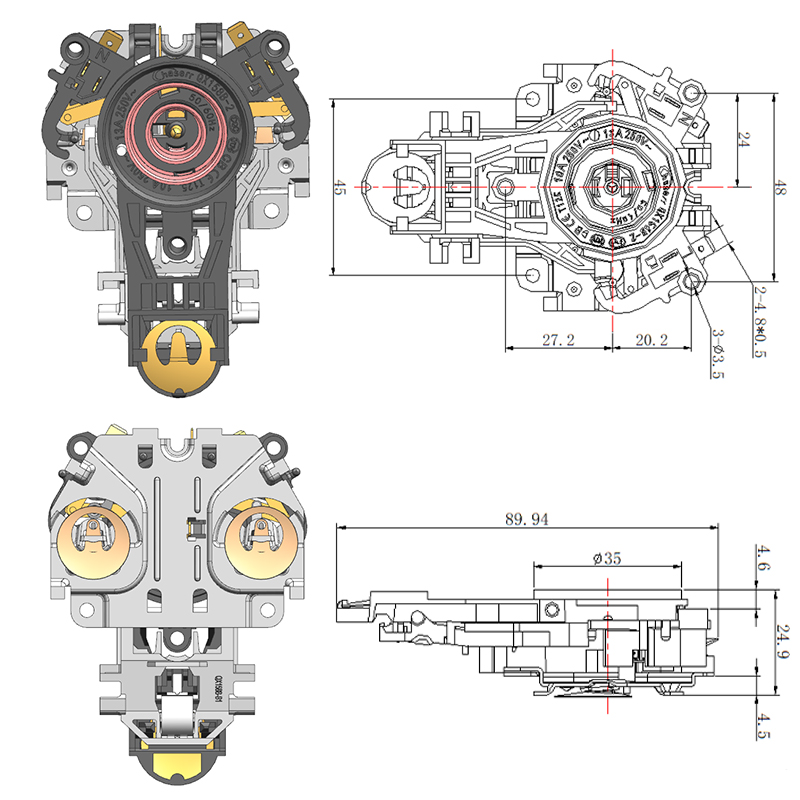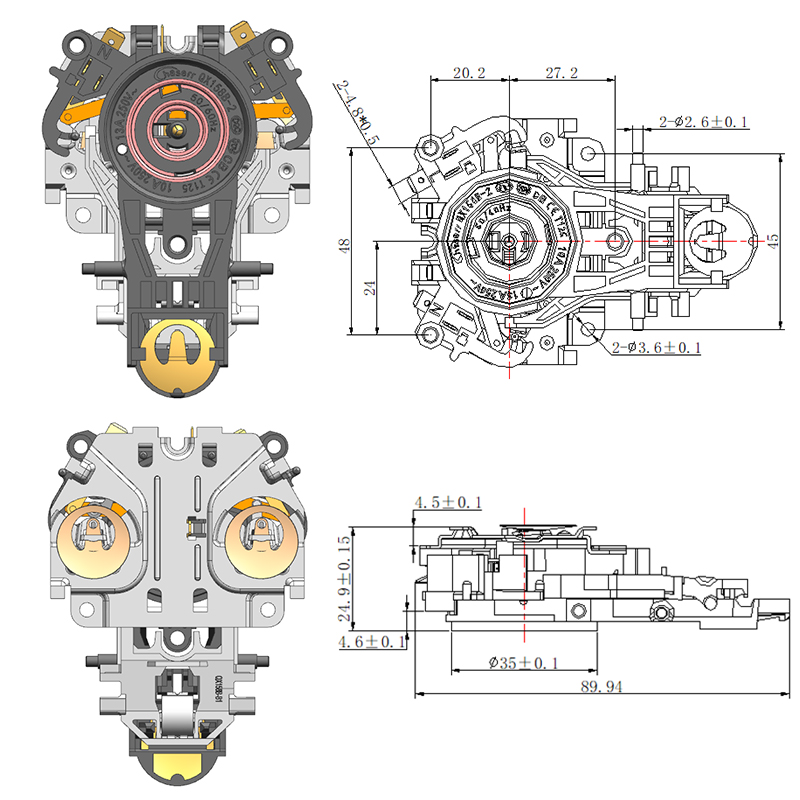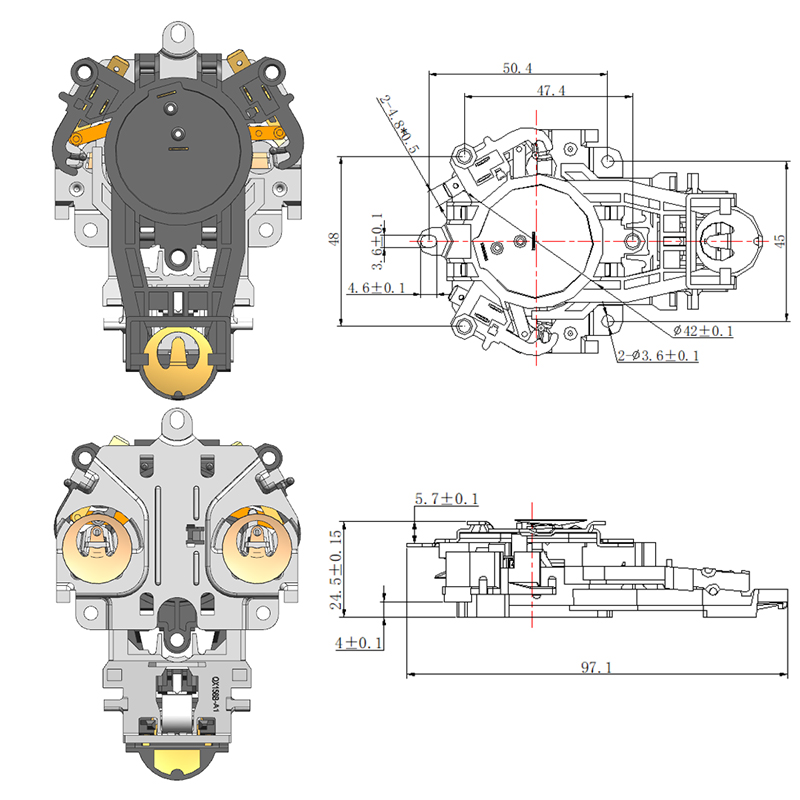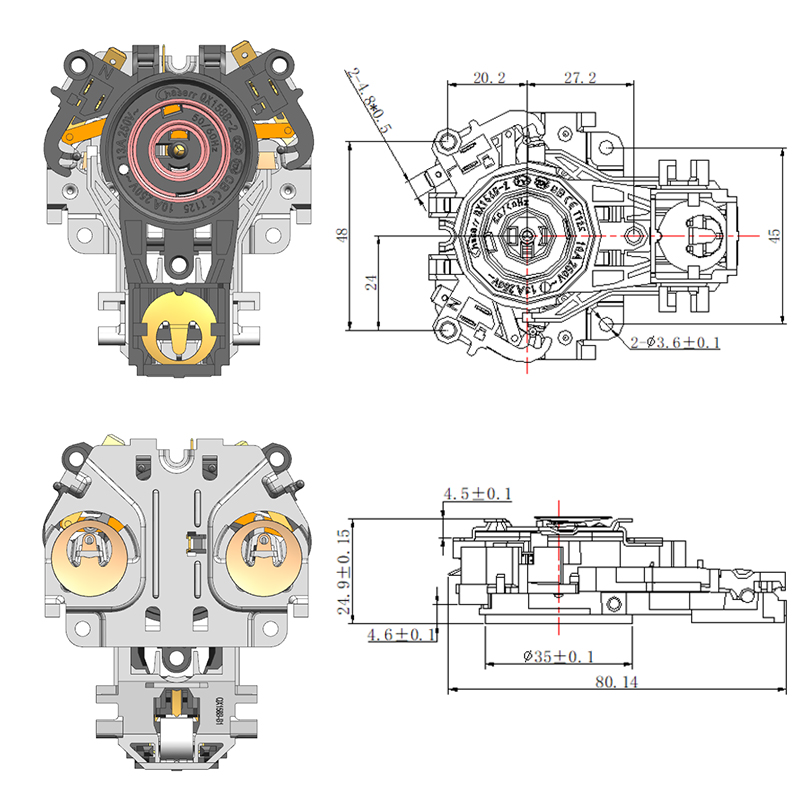How an Adjustable Bimetal Thermostat Enhances Temperature Control in Home Appliances
Understanding the Adjustable Bimetal Thermostat
The Adjustable Bimetal Thermostat operates on a straightforward mechanical principle involving two bonded metal strips that expand at different rates when heated. As temperature increases, the strip bends due to the different expansion coefficients of the metals. This bending motion either makes or breaks an electrical circuit, effectively turning the appliance on or off depending on the desired temperature setting. What sets the adjustable version apart from standard models is its ability to be fine-tuned by the manufacturer or, in some cases, the end user. This flexibility makes it ideal for appliances requiring variable temperature control, such as space heaters, thermostatic switches, or electric ovens. The ability to dial in a specific temperature range helps improve appliance efficiency, reduce energy consumption, and enhance overall user comfort.
The Role of Bimetallic Thermostats in Home Appliance Safety
While the Adjustable Bimetal Thermostat is known for its versatility, the Bimetallic Thermostat is widely used in fixed-temperature applications. Found in toasters, coffee makers, irons, and even HVAC systems, this type of thermostat uses the same bimetal strip principle to detect temperature changes and open or close circuits accordingly. Though it lacks the manual adjustability of its counterpart, the Bimetallic Thermostat is prized for its simplicity, durability, and responsiveness. These thermostats provide a basic but critical function: they prevent overheating, protect circuitry, and ensure consistent performance. Their reliability makes them an essential component in the design of many appliances that need automatic thermal protection without user intervention.
Rapid Response with Bimetallic Snap Disc Thermostats
Another variant, the Bimetallic Snap Disc Thermostat, is engineered for faster and more defined switching action. Instead of gradually bending, the snap disc design suddenly changes shape at a specific temperature threshold. This quick response is critical in devices that need rapid shutdown to avoid damage or fire hazards. Common in clothes dryers, water heaters, and defrost systems, these thermostats are designed for long-term cycling and can operate in both normally closed and normally open configurations. While not adjustable, their precision and durability make them indispensable in safety-critical applications. Used together with adjustable thermostats, the Bimetallic Snap Disc Thermostat adds a layer of redundancy and assurance in thermal management systems.
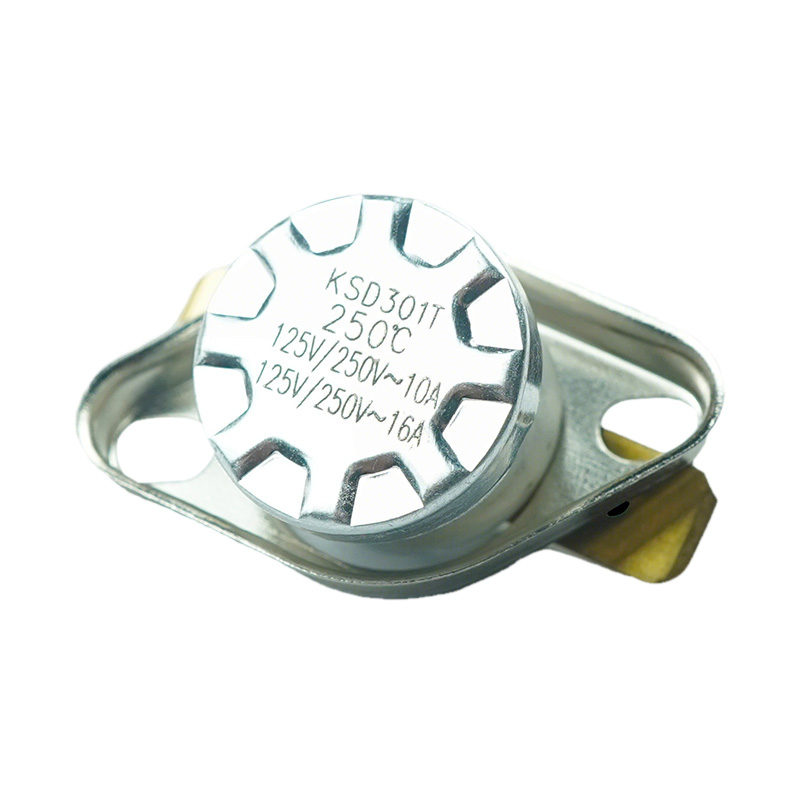
Integration of Bimetallic Thermostats into Appliance Design
In home appliance engineering, selecting the right thermostat is key to balancing performance, safety, and cost. Designers often integrate more than one thermal control device to meet specific operational needs. For instance, a water heater might use a Bimetallic Snap Disc Thermostat to quickly cut power in emergencies, while an Adjustable Bimetal Thermostat manages routine heating cycles. Likewise, a Bimetallic Thermostat may be used in refrigerators to keep the internal temperature within a safe range. Each thermostat type brings unique advantages depending on how it responds to temperature changes and how it interacts with the appliance's overall control system.
The Lasting Value of Adjustable Bimetal Thermostats
In conclusion, the Adjustable Bimetal Thermostat plays a crucial role in enhancing temperature control across a wide array of household appliances. Its mechanical reliability, adaptability, and cost-effectiveness make it a preferred choice for manufacturers seeking consistent performance without relying on complex electronics. Alongside the Bimetallic Thermostat and the Bimetallic Snap Disc Thermostat, it helps create safer, more energy-efficient, and longer-lasting home devices. As the demand for smarter and more responsive appliances continues to rise, these time-tested thermal components remain essential in delivering the temperature precision consumers expect.

 English
English  中文简体
中文简体  Español
Español 
